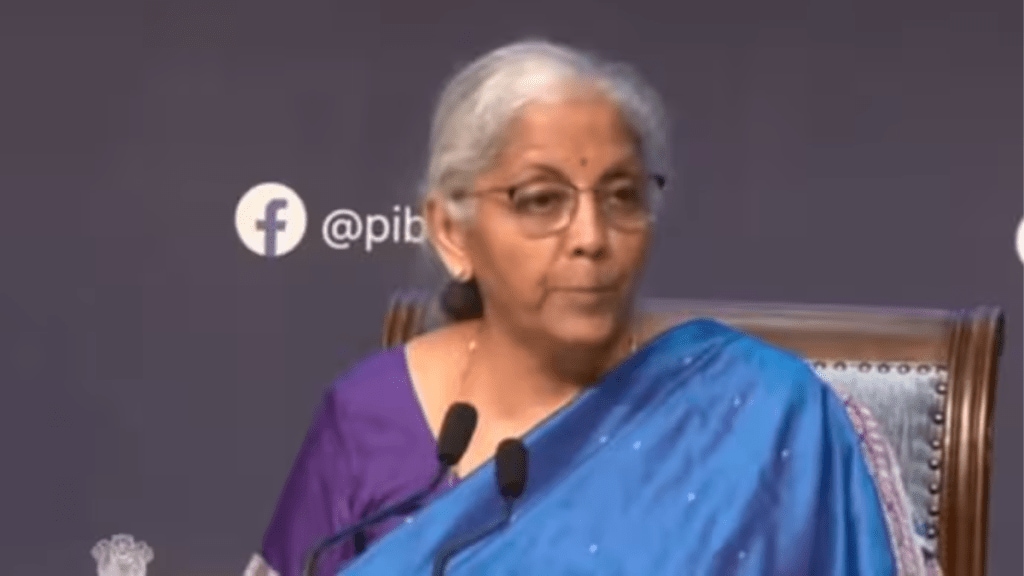New GST rates news: Finance Minister Nirmala Sitharaman on Wednesday announced the biggest rate overhaul since the introduction of the Goods and Services Tax (GST) in 2017, rolling out a simplified two-slab structure under what is being dubbed as “GST 2.0.” The sweeping changes cut taxes on a wide range of consumer essentials, medicines, and automobiles, while introducing a special high tax slab for luxury and sin goods.
“These reforms have been carried out in a spirit of consensus. There shall be two slabs and we are addressing the issue of compensation cess. Rate rationalisation was a unanimous agenda,” Sitharaman said after the GST Council meeting.
Daily Essentials Now Cheaper
Households stand to benefit the most, as a host of everyday items have seen major reductions. Hair oil, toilet soaps, shampoos, toothbrushes and bicycles will now attract just 5% GST, down from 18%.
Milk, paneer and Indian breads have been exempted from GST altogether, bringing their rates down from 5% to zero. Packaged food products like namkeen, bhujiya, sauces, pasta, cornflakes, butter and ghee will now fall under the 5% slab, making snacking and cooking more affordable.
In a major relief for healthcare costs, 33 life-saving drugs and medicines will now attract zero tax, slashed from 12%. Spectacles and goggles for vision correction will also see a sharp cut—from 28% to just 5%.
Big Relief for Automobiles and Housing
The GST overhaul has significantly trimmed rates on vehicles and construction materials. Cement—a critical input for housing and infrastructure—now attracts 18% GST instead of the earlier 28%.
Motorcycles below 350cc, three-wheelers, and small cars will now be taxed at 18%, down from 28%. Larger passenger vehicles such as buses, trucks and ambulances also fall under the 18% slab, while all auto parts are unified at the same rate.
Special 40% Slab for Luxury and Sin Goods
While most goods have become cheaper, a new special slab of 40% has been created exclusively for sin and super-luxury products. This category includes paan masala, cigarettes, gutkha, aerated waters with added sugar, caffeinated beverages, fruit-based drinks and other non-alcoholic beverages.
The same high rate will also apply to mid-size and large cars, bikes above 350cc, yachts and personal aircraft—ensuring that luxury and high-consumption items remain heavily taxed.
Boost for Handicrafts and Core Industries
Handicrafts, marble and granite blocks, as well as intermediate leather goods, now attract only 5% GST, down from 12%. Natural menthol, widely used in FMCG and pharma products, will also see its rate cut to 5%.
The revamped structure simplifies India’s indirect tax system by moving toward just two primary slabs, apart from the special 40% rate for luxury and sin goods. Economists say the reforms could soften inflation, boost consumer demand, and provide relief to core industries like housing, auto and FMCG.
However, experts caution that the Centre and states will need to closely monitor revenue implications from these sweeping cuts, which could impact fiscal balances unless compensated through cess collections or higher compliance.
For now, GST 2.0 promises a leaner, consumer-friendly regime, making everyday essentials affordable while keeping luxury indulgences firmly in the high-tax bracket.

